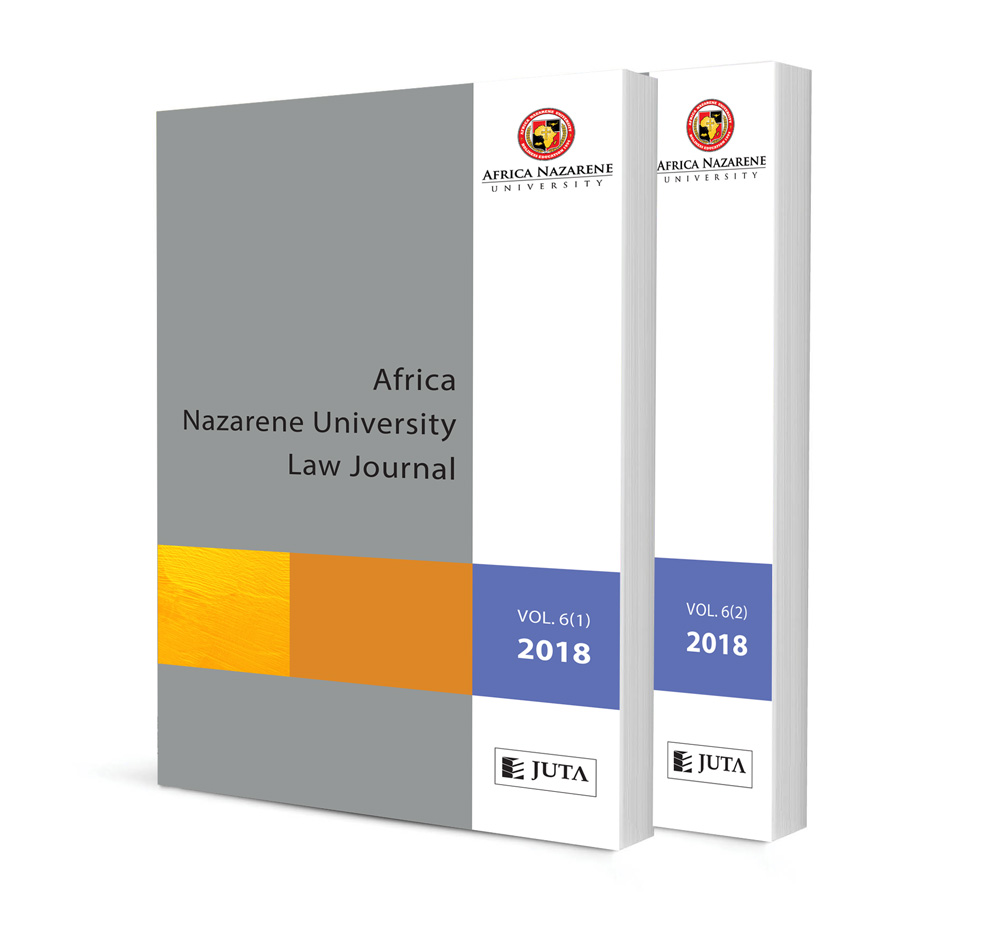Whose Marriage Is It Anyway? An Analysis of the Compatibility of Polygamy with International Human Rights Law

Whose Marriage Is It Anyway? An Analysis of the Compatibility of Polygamy with International Human Rights Law
Author Melba Wasunna Kapesa
ISSN: 2521-2613
Affiliations: BA, LLB (UCT); SJD (Monash); Legal Researcher, Supreme Court of Kenya
Source: Africa Nazarene University Law Journal, 2014, Issue 1, p. 41 – 61
Abstract
This article aims to assess the compatibility of the practice of polygamy with international human rights law. The article begins by briefly exploring the historical context of polygamy including its roots in many religions and cultures and also discusses how the practice has evolved in modern times. The article then gives an overview of the debate surrounding the universality of human rights and cultural relativism and suggests a conciliatory viewpoint. The article discusses the international human rights stance on polygamy and its implications on women’s rights as well as competing human rights which favour consensual polygamous marriages. Finally, the article reviews the international human rights strategy to combat polygamy and argues that it fails to adequately protect women’s rights. It then proposes an alternative framework for the treatment of polygamy which is compatible with international human rights. The article ultimately concludes that although (consensual) polygamy has weaknesses, it nonetheless conforms to the spirit and letter of international human rights instruments and its legal regulation is vital to protect women’s rights.